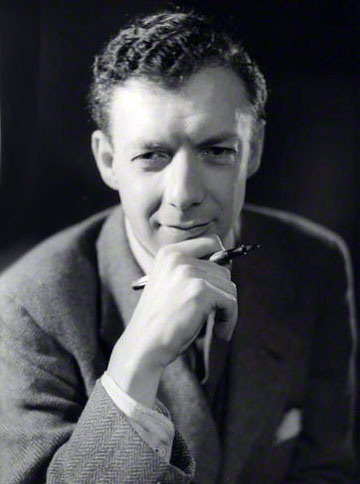Music and the Psychology of Pacifism: Benjamin Britten’s
War Requiem
by Arthur D. Colman M. D.

Benjamin Britten, c. 1950s; photographer unknown; courtesy of operanews.com
Benjamin Britten is one of the great composers of the twentieth century. He is also one of those rare individuals who was able to live fully and creatively the life he fervently wished for as a child. Musical composition was his desired life; in the spirit of Puccini’s great aria from Tosca, “Vissi d’Arte,” his was a life in art, and art in life.
A child may be filled with desire to express objectively the music that is in his mind, and because music is so demanding an art form it may take years to master even the technical and aesthetic requirements. Finally, though, a composer will be judged on something more than his skill and the beauty of what is created. For Britten to become a great composer, which was his conscious desire, his music would need, in the words of Indian musicologist Anupam Mahajan, to be “a realization of the essence of existence beyond the routine life of man.” (Mahajan 1989, p. 13)
I believe that Britten achieved something of that essence in much of his music. Britten was a composer whose music communicated his deepest moral convictions, his fundamental truths in life. Because these were not consonant with the world around him, his music became the language of a prophet who lived, as prophets often do, on a fragile boundary between the Wilderness and the Ruler’s Court. The compelling beauty of his music made it possible for Britten to navigate this line and be heard by many people who preemptively disagreed with his message. His subjects, so relevant to his own and today’s world, were the subjects of many prophets before him: Violence, Injustice, Innocence Betrayed, the Scapegoat, and most of all, War.









